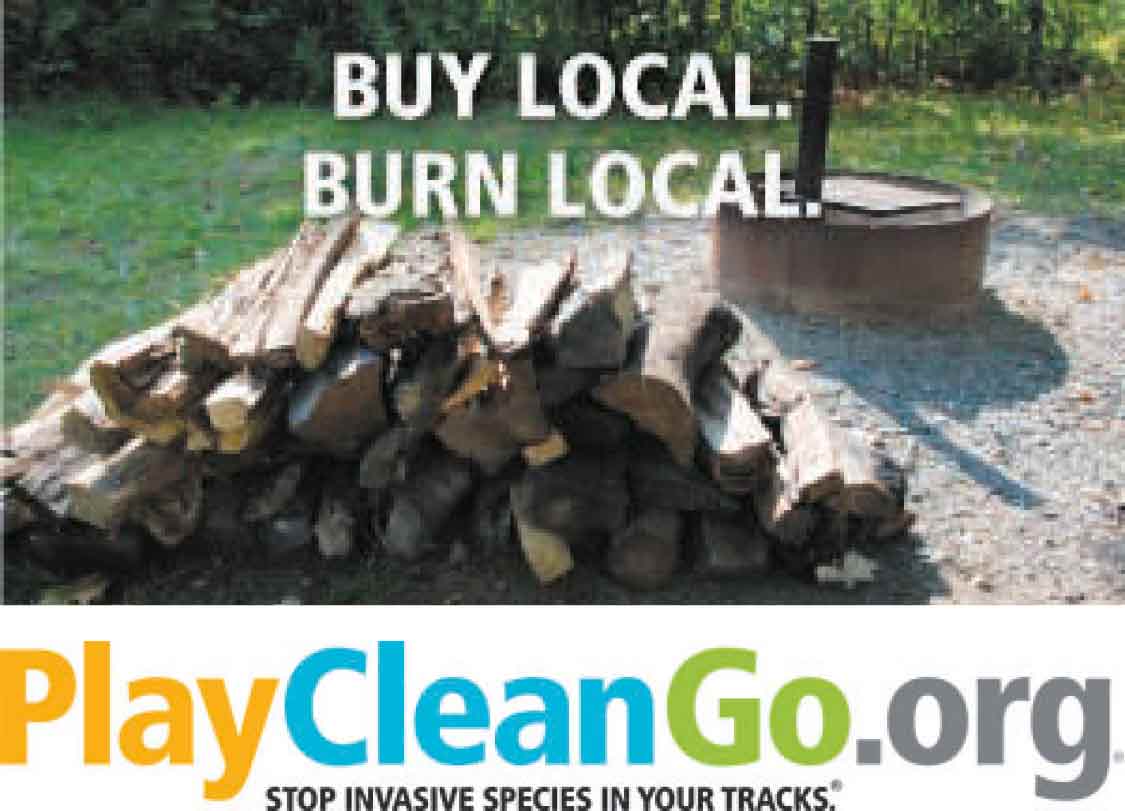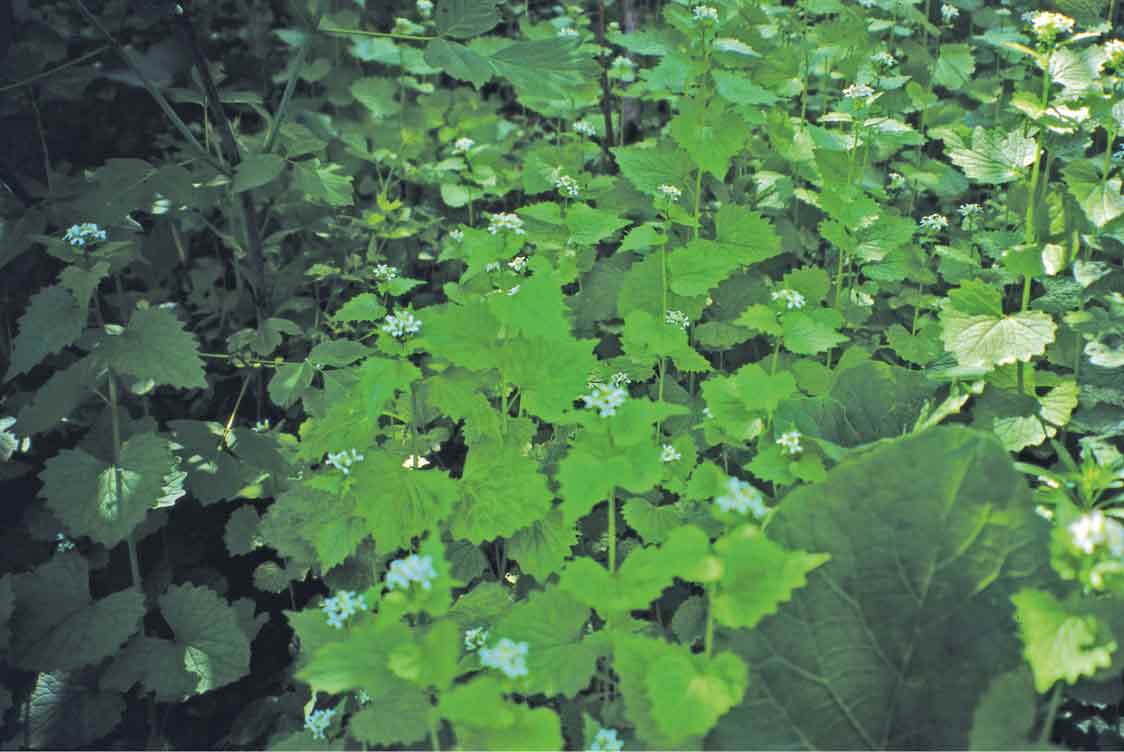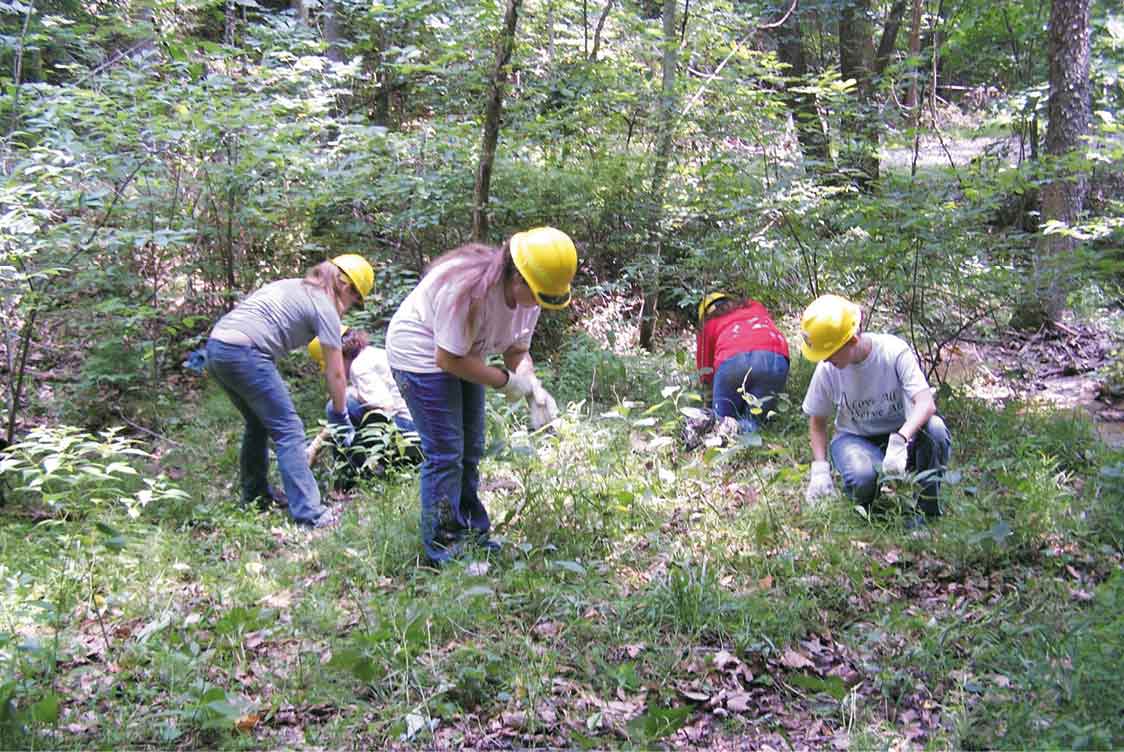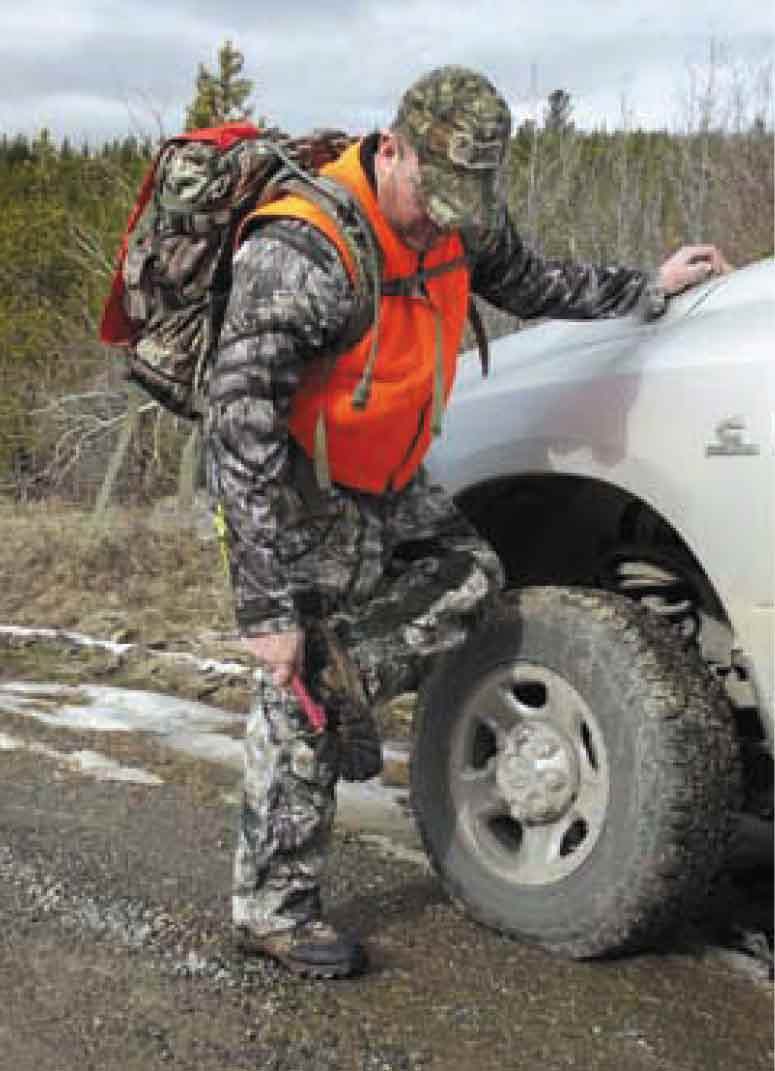New Resources in the Battle Against Invasive Plants
Invasive plants threaten our natural ecosystems, cost us money and in some cases, endanger our health. Non-native invasive plants are plants that are not native to the area, and which cause (or are likely to cause) harm to environmental, economic, and/or human health. Some arrived by mistake, hitching a ride in the global transportation system. Others were planted intentionally, and only later discovered to be problematic. Regardless of how they got here, the bad news is as they continue to spread, they take over our yards, farms, and woodlands, invade our natural areas, and pose a major threat to our biodiversity. Invasive species cost the U.S. economy over $138 billion each year and almost 50% of all threatened and endangered species are at risk because of habitat loss due to invasive species.
Although the issue may seem overwhelming, there have been some recent positive developments on this front in Indiana. In March, 2019, Governor Holcomb signed the Terrestrial Invasive Plant Rule. The rule designates 44 species of plants as invasive pests. This rule makes it illegal to sell, gift, barter, exchange, distribute, transport, or introduce these plants in the State of Indiana. This rule goes into effect in two stages. As of April 18, 2019, it is illegal to introduce plant species on this list not already found in Indiana. Plant species already in trade will be prohibited from sale one year later (April 18, 2020). To see a list of affected plants visit https://www.in.gov/dnr/6351.htm.
Non-native, invasive plants already present need to be controlled to reduce further spread. The Indiana Invasives Initiative (III) was recently established with that goal. Spearheaded by SICIM (Southern Indiana Cooperative Invasives Management), the III is focused on grassroots efforts at the county level throughout Indiana to form cooperative invasive species management areas, or CISMAs. These organizations are made up of local partners including federal, state, and local governmental agencies; universities; the tourism industry; master gardeners; clubs and interested landowners who share a common concern about the negative impacts of invasives. Although groups vary, the common core is the pooling of resources and knowledge to provide education and take action on a broad scale across jurisdictional and landownership boundaries. Many CISMAs offer private landowner invasive plant assessments, management plans and cost share assistance for control. The III is partially funded through an agreement between USDA Natural Resource Conservation Service and SICIM, and various other grants, donations, and contributions. Contact sicim.info@gmail.com, visit www.sicim.info, or look for a Weed Wrangle near you to get involved.
Another resource for controlling the spread of invasives is the national PlayCleanGo campaign. Even if you don’t own land, or have invasives on your property, we can all play a role in stopping the spread of invasives by taking a few simple actions. Seeds and plant fragments can easily attach to clothing, shoelaces and get stuck in the mud on the bottom of shoes. These propagules hitch a ride, fall off at another location and start a new infestation. Carry a small brush and clean your shoes after you have been outdoors. Pick seeds and plants off of clothing and pets and dispose of them in the trash. OHVs, tractors, bikes and other wheeled vehicles can also spread seeds and should be cleaned after each use. To reduce the spread of aquatic invasives boats should be cleaned after use as well. For more information visit www.playcleango.org.
Moving firewood can transport non-native forest insects and diseases, resulting in the death of thousands of trees. Recommendations to reduce the spread of invasives through firewood include buying or using locally harvested firewood, gather wood on site where permitted, use packaged heat treated firewood with a USDA APHIS heat treatment seal, or a state based (such as a State Department of Agriculture) heat treatment seal. Policies can vary between sites, so always research beforehand. For more information visit www.dontmovefirewood.org.
Unfortunately, new invasive plants and animals can appear where they have not been documented. If new infestations are caught and controlled early, they can be successful, so reporting any possible new invasives is advised. It is easy to do online using www.EDDMaps.org/Indiana/, or by smartphone using the Great Lakes Early Detections Network app.
Lastly, it comes down to supply and demand. The more customers that refuse to purchase invasives and request native plants at nurseries, garden centers, chain stores, seed catalogs, websites, etc., the more likely these businesses are to make the switch.
Marion Mason is the public affairs specialist for the Hoosier National Forest and the Forest Service representative to the Daviess-Martin CISMA.
